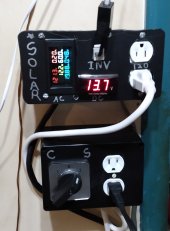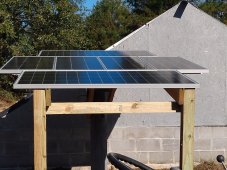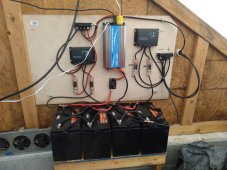Hdonly
New Member
- Joined
- Sep 1, 2020
- Messages
- 88
Bought my first lithium iron battery. I am using agm batteries in a small solar system. I am curious about lithium iron batteries in solar so I thought I'd get one. I found a 100ah Chins 12volt for $309 and that seemed like a good price. I have seen video on youtube that shows the Chins battery is well built. I'll retire to my playroom as soon as it gets here-haha





